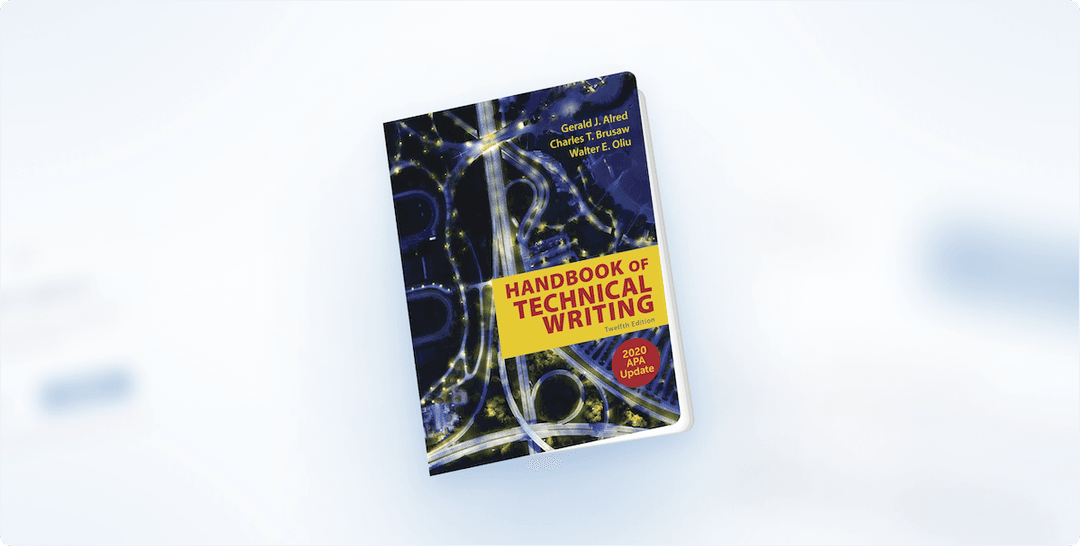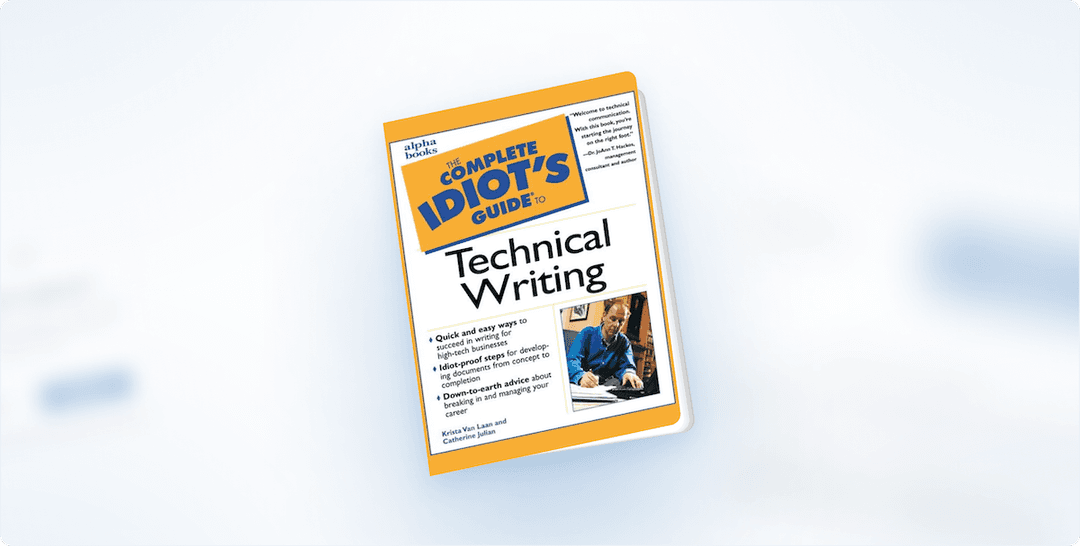A Fresh Take on Technical Writing
Are you tired of slogging through dense and stuffy technical documents that leave you scratching your head? Andrew Etter’s Modern Technical Writing delivers a breath of fresh air. He challenges stale conventions and proves that technical writing can be both polished and engaging. Below is a 10-part review and summary that highlights the key insights from his book.
1. The Big Picture
Modern Technical Writing opens by painting a new picture of how tech documentation should look.
- Etter states that technical documentation has changed drastically in the digital age, calling for faster, leaner, and more reader-friendly approaches.
- The book emphasizes that audiences demand clarity, quick access, and visuals that convey information swiftly.
- There's also a call to re-evaluate traditional processes, encouraging a “less is more” mentality.
- This sets the stage for the rest of the book’s modern strategies, all geared toward smarter, more efficient docs.
2. Agile Documentation Principles
Etter firmly believes that agile methodologies are not just for developers.
- He advocates for applying core agile concepts—iteration, continuous feedback, and collaboration—to documentation.
- By treating docs like code, teams can update information rapidly, ensuring it stays accurate.
- Continuous iteration also helps avoid the dreaded “final draft” anxiety; documentation should keep evolving alongside the product.
- This style keeps content flexible, dynamic, and always on point.
3. Minimalist Approach
Less fluff, more punch—that’s the mantra here.
- The book suggests stripping away any content that doesn't directly serve the reader.
- Short paragraphs, bullet lists, and uncluttered text are key to making docs accessible.
- Etter notes how modern audiences skim before they dive deep, so important content should never be buried.
- By championing brevity and clarity, the documentation can feel more like a helpful guide than a technical manual.
4. Docs as a Team Sport
The lone writer in a corner office? Etter says that’s old news.
- Collaboration is a cornerstone of Modern Technical Writing. Writers should work closely with developers, product owners, and even users.
- Peer reviews and open channels for feedback make docs more accurate.
- Etter also underlines how shared responsibility lightens the load and increases quality.
- This approach fosters a sense of ownership and pride among all stakeholders.
5. Tooling and Platforms
Etter encourages technical writers to get comfortable with modern doc platforms.
- He praises tools that allow for version control, markdown support, and easy publishing.
- For instance, embracing Git-based workflows helps technical writers stay in sync with developers.
- Web-based documentation platforms are also favored, as they let teams collaborate in real-time.
- And if you’re looking for a specialized documentation platform, www.archbee.com can be one of the tools to consider.
6. Markdown: The Hero We Need
Markdown is the unsung hero of Etter’s strategy.
- By cutting through formatting headaches, Markdown focuses on the text.
- Its lightweight syntax means writers can concentrate on content, not fighting with style sheets.
- Markdown files also integrate easily with Git, blending documentation into the development workflow.
- Etter’s praise for Markdown reflects his broader theme: simplicity drives speed and clarity.
7. Continuous Delivery of Docs
One of the coolest ideas in Modern Technical Writing is to “ship” docs just like you ship code.
- Etter promotes continuous integration (CI) and continuous delivery (CD) for documentation.
- Automation tools can generate, test, and even deploy docs whenever new commits are made.
- This keeps your documentation from falling behind and ensures your readers always see the latest details.
- An up-to-date doc is more likely to be trusted and used.
8. The Power of Audience-Centric Writing
Etter reminds us that writing without an audience in mind is a recipe for confusion.
- Technical writers should pinpoint who they’re writing for—beginner, intermediate, advanced, or a mix.
- That clarity keeps the language accessible and the instructions relevant.
- He highlights user personas as a useful tool for personalizing content.
- When docs speak the same language as the user, everyone wins.
9. Testing Your Documentation
Just like code, docs need to be tested.
- Etter encourages “dogfooding”—using the documentation yourself or enlisting real users.
- Feedback loops help you catch gaps and fix them before they cause chaos.
- This practice turns the documentation process from a static “write once and forget” approach into a lively dialogue.
- Etter’s iterative spirit extends here: the best docs evolve through consistent testing and tuning.
10. Streamlining with a Content Pipeline
Finally, Etter shows how a well-thought-out content pipeline can save time and headaches.
- Document once, reuse often is the guiding principle, reducing redundant tasks.
- Standardizing the writing process lets you quickly onboard new writers and reviewers.
- Automation—like scripts that generate PDFs or HTML—further smooths the workflow.
- Many modern documentation tools can be integrated into this pipeline, including www.archbee.com.
Conclusion
Andrew Etter’s Modern Technical Writing is a witty and pragmatic guide for anyone looking to refresh their approach to documentation. By advocating a lean, collaborative, and agile methodology, Etter demonstrates that great tech writing is a team sport—one that benefits from continuous iteration, the right tools, and an unwavering focus on the reader. Following his advice might just transform your docs from snooze-worthy to must-read material.



